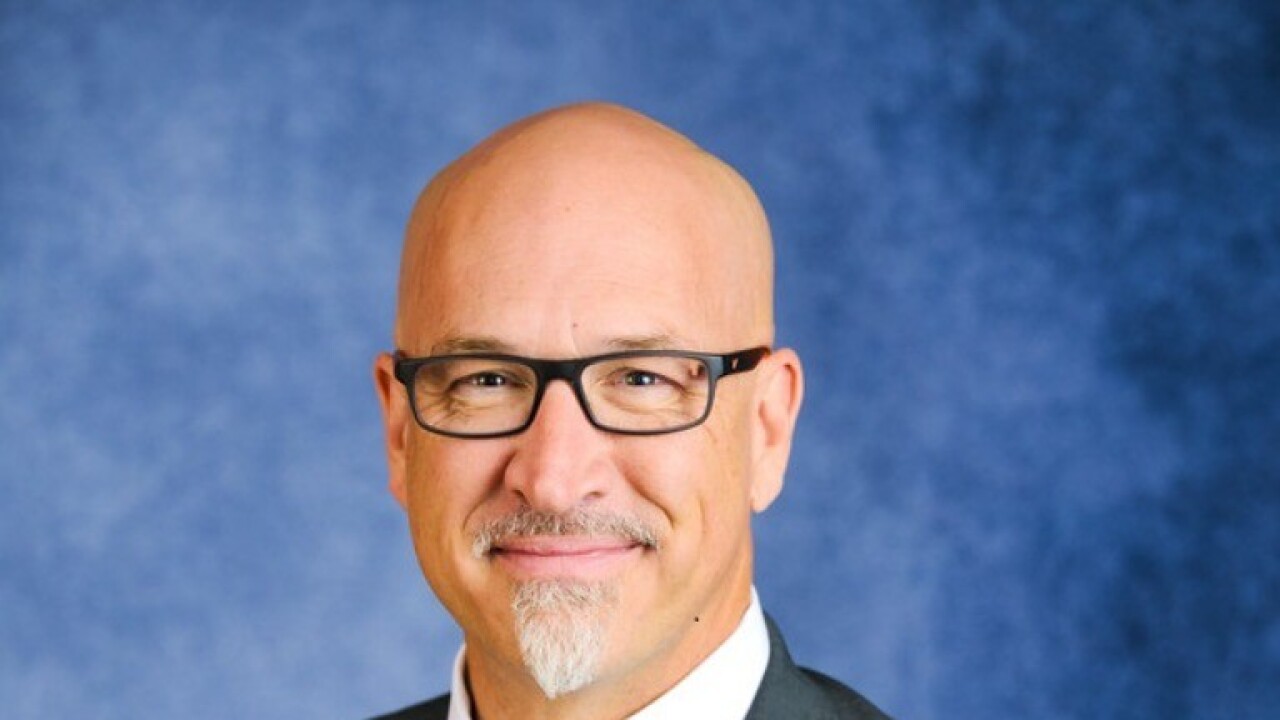Record inflation rates and wages that never seem to keep up have not made it easy for Americans to
According to financial advisory company
Betterment found that 89% of full-time employees contribute to their
Read more:
"Americans who are saving as much as they're able to for retirement really want a boost," says Edward Gottfried, senior director of product at Betterment. "An employer match is a quick way to accelerate your retirement savings without necessarily diverting funds away from other needs."
Retirement accounts aren't the only savings accounts seeing positive trends — 63% of workers now have an emergency fund compared to 52% of workers in 2023, according to Betterment. For Gottfried, it's clear Americans want to save despite the cost of living making it harder to do so. But the drive to save and the ability to doesn't always go hand in hand, especially when there's an education gap, Gottfried said.
For example, 54% of employees tapped into their retirement accounts for emergencies this year, pointing to a potential lack of savings in general as well as a lack of education surrounding the ramifications of early 401(k) withdrawals. If the account holder is younger than 59-and-one-half years old, they will owe a 10% penalty on the amount they withdraw. Gottfried notes that workers may be pulling emergency funds from their 401(k)s because they don't understand how to set up an emergency savings account themselves.
"The second highest percent response for why [workers] don't have an emergency fund — at 12% — is that they didn't know how to create one," says Gottfried. "So there's obviously an education gap there."
Read more:
The education gap goes beyond opening savings accounts: Almost one-third of employees cannot access their old 401(k) accounts, like those from past work accounts, while 34% admit that they cashed out their retirement savings when changing jobs rather than rolling the funds into a new plan. Sixty-four percent of employees agree that they want more proactive communication and education around their financial wellness benefits.
While it's seemingly impossible to tailor financial wellness programs to each individual employee, Gottfried advises employers to center their programs on helping workers utilize the tools they have in common with the rest of the employee population: their benefits.
"You want to make sure your financial wellness program provides education on how to maximize the benefits available," he says. "Whether that is a 401(k) match, student debt payment [assistance], emergency savings accounts or stock options. You want education around budgeting while considering various parts of your compensation package."
Read more:
Gottfried also reminds employers not to forget about the impact student debt has on financial well-being. According to Betterment, four in 10 employees are managing student debt, with 68% reporting moderate to severe anxiety as a result. On top of that, 90% of those with student debt say that resuming student loan payments have hurt their ability to save for retirement.
"This continues to be a source of financial stress that is underappreciated by employers," says Gottfried. "Some employers are under the false assumption that this is something that doesn't impact their workforce."
If employers are not sure whether their employees are struggling with student debt payments, a survey that measures the prominence of student debt, as well as 401(k) enrollment, can tell benefit leaders if there's a real issue. In the meantime, Gottfried suggests that employers go the extra mile to ensure workers are actually utilizing the resources they already have.
"Employees need to understand the impact of their benefits in order to take advantage of them," he says. "It's incumbent on the employer to make sure they're plugging knowledge gaps that might exist across their employee base."






